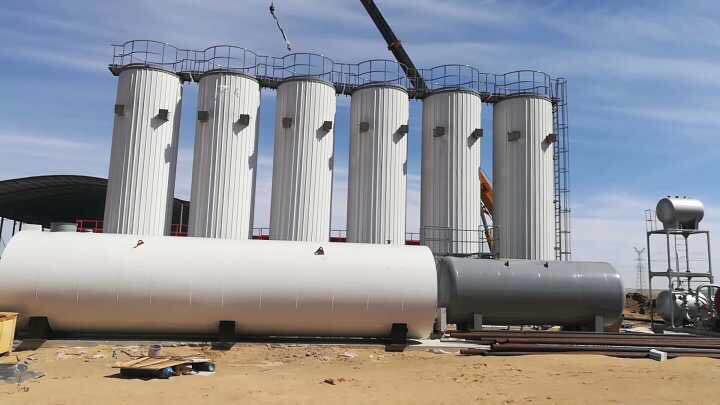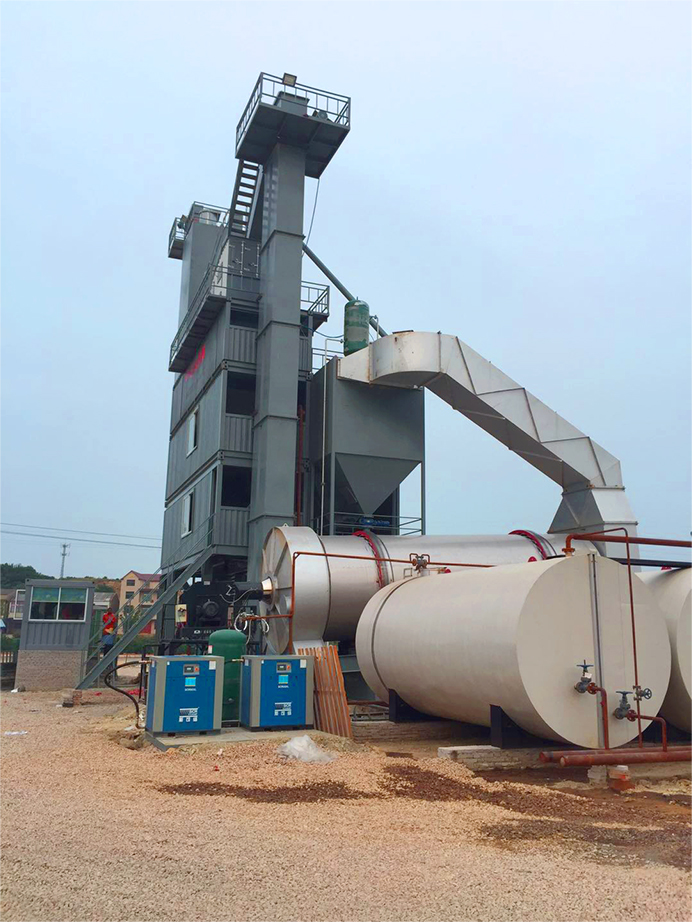Asphalt, also known as bitumen, is a sticky, black, and highly viscous liquid or semi-solid form of petroleum. It may be found in natural deposits or may be a refined product and is classed as a pitch. Before the 20th century, the term asphaltum was also used. The word is derived from the Ancient Greek ἄσφαλτος ásphaltos.
The primary use (70%) of asphalt is in road construction, where it is used as the glue or binder mixed with aggregate particles to create asphalt concrete. Its other main uses are for bituminous waterproofing products, including production of roofing felt and for sealing flat roofs.
The terms “asphalt” and “bitumen” are often used interchangeably to mean both natural and manufactured forms of the substance. In American English, “asphalt” (or “asphalt cement”) is commonly used for a refined residue from the distillation process of selected crude oils. Outside the United States, the product is often called “bitumen”, and geologists worldwide often prefer the term for the naturally occurring variety. Common colloquial usage often refers to various forms of asphalt as “tar”, as in the name of the La Brea Tar Pits.
Naturally occurring asphalt is sometimes specified by the term “crude bitumen”. Its viscosity is similar to that of cold molasses while the material obtained from the fractional distillation of crude oil boiling at 525 °C (977 °F) is sometimes referred to as “refined bitumen”. The Canadian province of Alberta has most of the world’s reserves of natural asphalt in the Athabasca oil sands, which cover 142,000 square kilometers (55,000 sq mi), an area larger than England. (from Wikipedia)
Our company specializes in the production of asphalt mixers.
In general, the viscosity of asphalt is relatively large, so it is generally used in both frame and anchor type:
Anchor Type
Common operating conditions:
n=1~100rpm, v=1~5m/s
Common medium viscosity range: <105 (centipoise) Flow state: Horizontal hoop flow at different heights. Such as leaves or angles can increase the turbulence around the blade. Laminar state operation.
Frame Type
Common operating conditions: n=1~100rpm, v=1~5m/s
Common medium viscosity range: <105 (centipoise). Flow status: same as anchor type.



